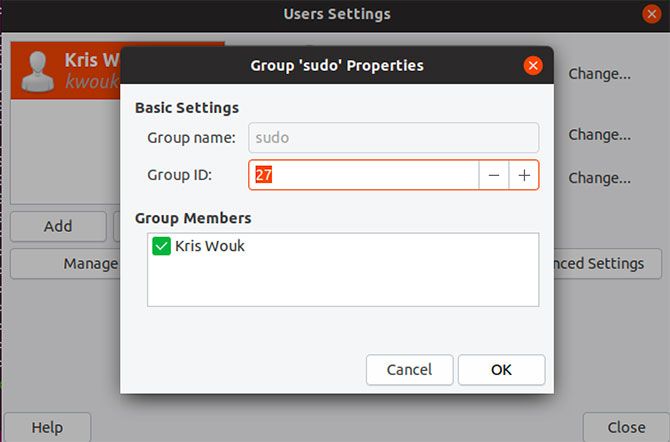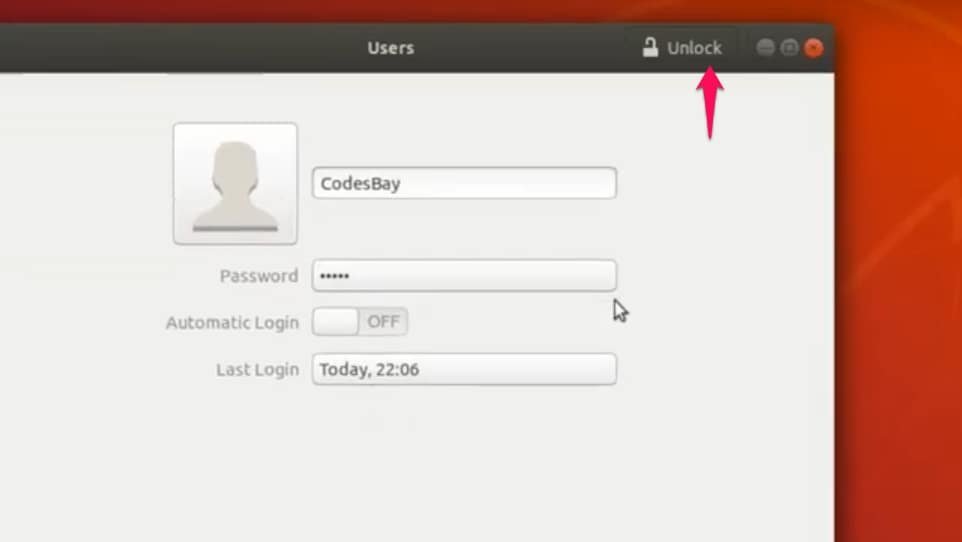

This may not be suitable for your environment.

This means that all users can browse and access the contents of other users home directories. By default, user home directories in Ubuntu are created with world read/execute permissions. If your server will be home to multiple users, you should pay close attention to the user home directory permissions to ensure confidentiality. The default profile is modeled after the contents found in the directory of /etc/skel, which includes all profile basics. When a new user is created, the adduser utility creates a brand new home directory named /home/username. To add a user to a group, use the following syntax: sudo adduser username groupname To add or delete a personalized group, use the following syntax, respectively: sudo addgroup groupname To temporarily lock or unlock a user password, use the following syntax, respectively: sudo passwd -l username Sudo mv /home/username /home/archived_users/ You may want to change these UID/GID values to something more appropriate, such as the root account, and perhaps even relocate the folder to avoid future conflicts: sudo chown -R root:root /home/username/

Remember, any user added later on with the same UID/GID as the previous owner will now have access to this folder if you have not taken the necessary precautions. It is up to you whether or not you wish to delete the folder manually or keep it according to your desired retention policies. To delete a user account and its primary group, use the following syntax: sudo deluser usernameĭeleting an account does not remove their respective home folder.
Ubuntu add user to group full#
To add a user account, use the following syntax, and follow the prompts to give the account a password and identifiable characteristics, such as a full name, phone number, etc. Ubuntu and other Debian based distributions encourage the use of the ‘adduser’ package for account management. The process for managing local users and groups is straightforward and differs very little from most other GNU/Linux operating systems. If you wish to give any other account full root access through sudo, simply add them to the sudo group. You should read more on Sudo by reading the man page: man sudoīy default, the initial user created by the Ubuntu installer is a member of the group sudo which is added to the file /etc/sudoers as an authorized sudo user. To disable the root account password, use the following passwd syntax: sudo passwd -l root Retype new UNIX password: (repeat new password for root) Sudo will prompt you for your password, and then ask you to supply a new password for root as shown below: password for username: (enter your own password)Įnter new UNIX password: (enter a new password for root) If for some reason you wish to enable the root account, simply give it a password: sudo passwd This simple yet effective methodology provides accountability for all user actions, and gives the administrator granular control over which actions a user can perform with said privileges.

Sudo allows an authorized user to temporarily elevate their privileges using their own password instead of having to know the password belonging to the root account. Instead, users are encouraged to make use of a tool by the name of ‘sudo’ to carry out system administrative duties. It merely has been given a password hash which matches no possible value, therefore may not log in directly by itself. This does not mean that the root account has been deleted or that it may not be accessed. Ubuntu developers made a conscientious decision to disable the administrative root account by default in all Ubuntu installations. Therefore, it is important that you understand how you can protect your server through simple and effective user account management techniques. Ineffective user and privilege management often lead many systems into being compromised. User management is a critical part of maintaining a secure system. Multi-node configuration with Docker-Composeĭistributed Replicated Block Device (DRBD)


 0 kommentar(er)
0 kommentar(er)
